Easing Human-Wildlife Conflict
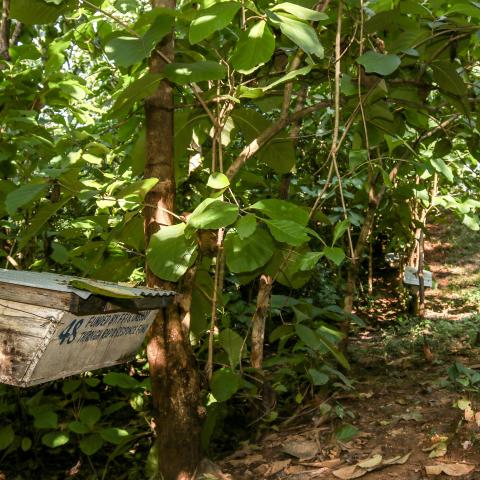
Collaborating on Anti-Poaching
To support governments in combating transboundary poaching, we have facilitated cross-border coordination among anti-poaching forces. Ranger teams from Tanzania and Kenya participate in concurrent patrols guided by intelligence information. With more robust sharing of information and tactics, forces are more effective at targeting and deterring illegal activity. In 2022, we opened a canine facility in Mkomazi National Park, where we have established a tracker-dog unit that investigates and deters poaching.
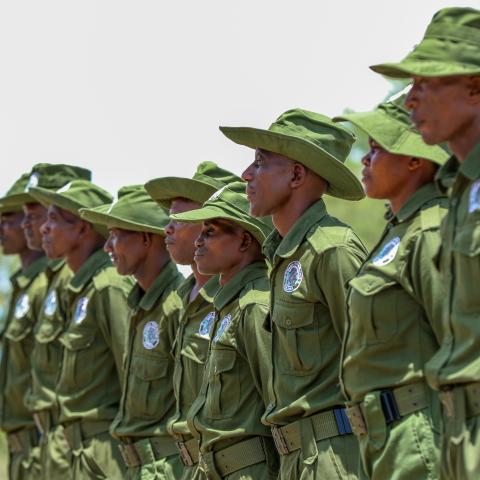
Improving Wildlife Crime Enforcement
We strengthen the work of law enforcement agencies through training in emerging wildlife-crime trends, proper evidence handling, financial crimes, digital forensics, and other topics. We also monitor court cases in the cross-boundary Tsavo-Mkomazi landscape to address logistical and other challenges that can stymie the progress of a case.
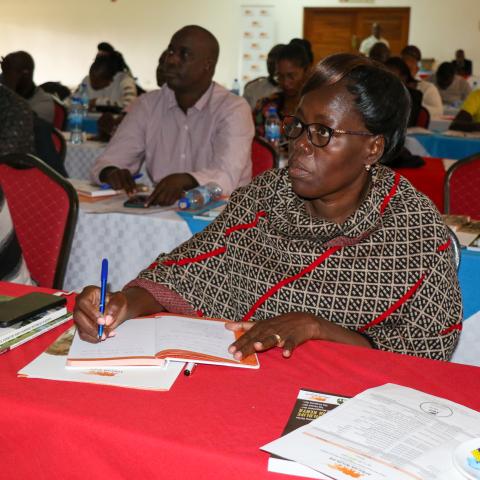
Agricultural Solutions that Work for Nature
In Kilombero Valley, AWF partners with local communities and commercial agricultural producers in the Southern Agriculture Growth Corridor of Tanzania. We help communities with land-use planning; expand farmers’ use of ecologically and economically viable production technologies while improving water quality and catchment management; improve farmers’ access to financial institutions and markets; and help families diversify incomes to develop resilience to climate change’s impacts.
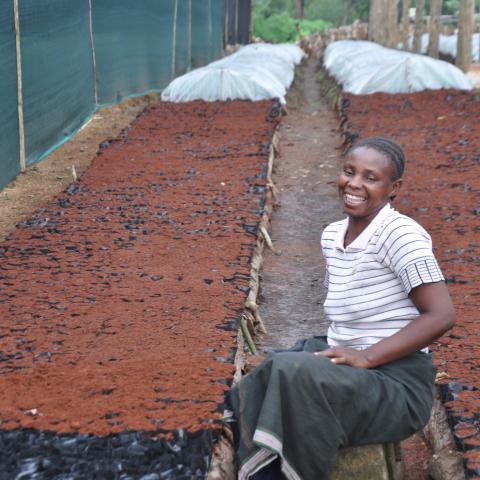
A Resurgence of Wildlife in Manyara Ranch
The Manyara Ranch Conservancy serves as a vital corridor between Lake Manyara National Park and Tarangire National Park and is also an important giraffe nursery. When we started working in this landscape in 2014, it was ravaged by overgrazing and poaching. Through our efforts, it’s become a thriving habitat for elephants, giraffes, and other species. Today, the Ranch is a model mixed-use conservancy that maintains a herd of more than 800 Boran cattle—a use that supports conservation activities as well as the Ranch’s outreach to local Maasai herders.
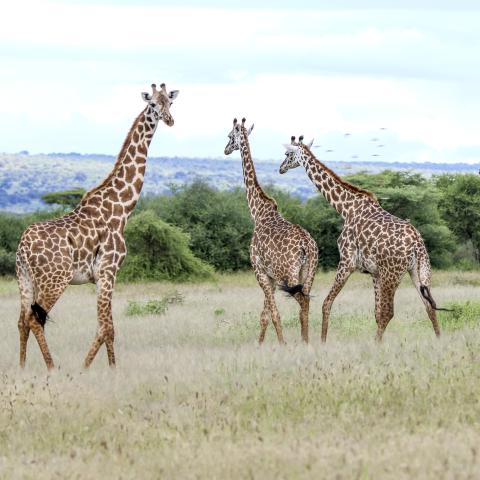
Pagination
- Previous page
- Page 2
- Next page